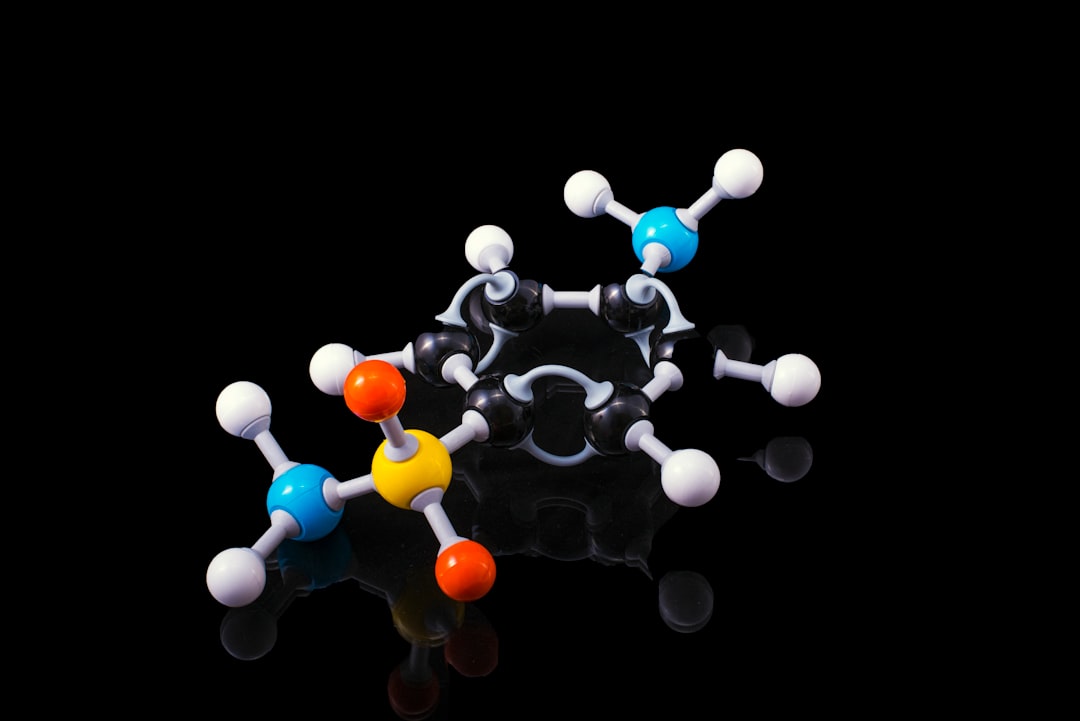What is it about?
What does a molecule do after it absorbs light? This occurs often in nature, like in your eye, but is a very hard question to answer, and in fact one of the motivations for building a quantum computer. Quantum chemists and experimental physical chemists have made a lot of progress trying to answer this question, but experiments are always needed to verify quantum mechanical models, which are usually based on certain approximations. In general, a molecule in such an experiment is free to rotate, but calculations assume that the molecule is fixed. In this article we provide a mathematical framework that connects a freely rotating molecule to one that is fixed in a particular orientation. We also show how one might, with enough experimental data, reconstruct a measurement from the point of view of a fixed molecule.
Featured Image

Photo by Terry Vlisidis on Unsplash
Why is it important?
Being able to view the constituents of a molecule from within the molecular frame provides the means to control fundamental molecular processes. For instance, watching the motion of electrons in the molecular frame, can then tell us the effect our control mechanism has on the electrons. Controlling the flow of electrons across a molecule can lead to control of fundamental light-induced processes that occur in nature.
Read the Original
This page is a summary of: A laboratory frame density matrix for ultrafast quantum molecular dynamics, The Journal of Chemical Physics, October 2022, American Institute of Physics,
DOI: 10.1063/5.0109607.
You can read the full text:
Contributors
The following have contributed to this page










